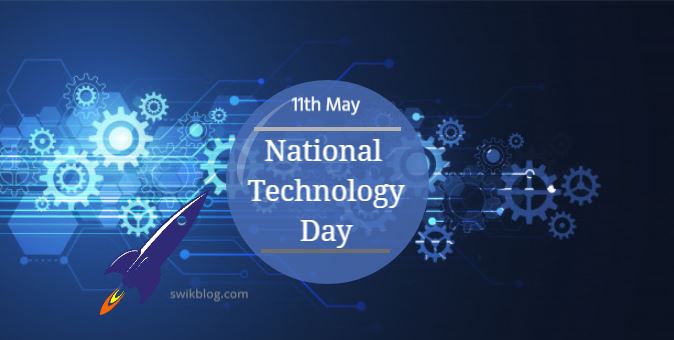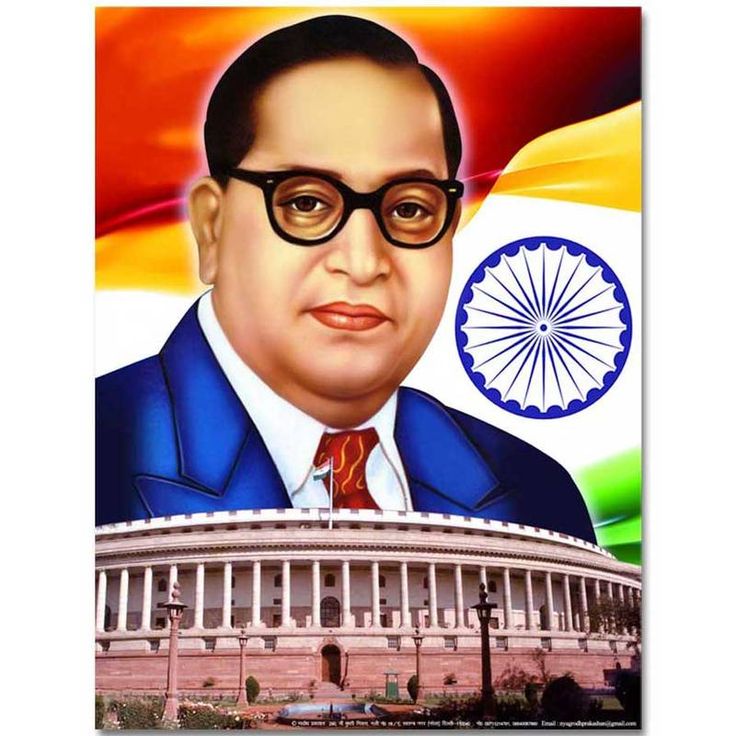National Technology Day is celebrated annually as a reminder of India’s technological achievements. This day marks the anniversary of the Pokhran Nuclear Test (Operation Shakti) in 1998. On this day, India successfully tested the nuclear missile Shakti-I at the Indian Army’s Pokhran Test Range in Rajasthan. Late President Dr. APJ Abdul Kalam headed the action, which was renamed Action Shakti or Pokhran-II, and two days later, as part of Operation Shakti, India successfully launched two nuclear weapons at the blast. Every year, the 11th of May marks its commemoration.
National Technology Day is a way to emphasize the value of science in our everyday lives and also encourages the younger generation to consider it a career opportunity. National Technology Day was introduced by the late Prime Minister Atal Bihari Vajpayee.
Following that, Prime Minister Atal Bihari Vajpayee declared India a nuclear state, making it the sixth country in the world to join the “nuclear community” nations and the first one that is not a party to the Nuclear Weapons Non-Proliferation Treaty (NPT).
Purpose of Celebrating National Technology Day
National Technology Day is celebrated to highlight the importance of science and the groundbreaking achievements. It also marks the scientists’ and engineers’ valuable contribution in the field of science and technology. This day also encourages young people to pursue science and makes the technology field a career option.
National Technology Day is far more than the historical event anniversary. Technology serves as the portal to the future. It is a day to honor some of our best scientists’ and innovators’ progress in transforming science into accessible, practical goods and processes that transform people’s lives.
Some important facts about National Technology Day celebration
11th May is an important date, as on this day in 1998, the Defense Research and Development Organization (DRDO) carried out the last Trishul missile test-fire. It is a rapid-reaction, short-range, surface-to-air missile. The missile was later adopted by the Indian Air Force (IAF) and the Indian Army for the security department.
The Trishul missile was a unit within India’s Integrated Guided Missile Development Program (IGMDP), which culminated in the development of the Prithvi, Akash, and Agni missile systems.
11th May also marks the flight of India’s first indigenous aircraft, Hansa-3, which was flown in Bengaluru when the nuclear tests were being organized in Rajasthan. The National Aerospace Laboratories developed Hansa-3. The outcome was a lightweight, double-seater airplane that is used in sports, pilot training, aerial photography, surveillance, and environmental projects at the flying institutes.
Shakti, the Pokhran Nuclear Test, was carried out in May 1974 with the first nuclear test code called ‘Smiling Buddha.’ The second test was Pokhran II, which was a sequence of five nuclear bomb explosion tests performed by India at the Indian Army’s Pokhran Test Range in May 1998. Notably, several major states, including the United States and Japan, have transformed such nuclear tests into various sanctions against India.
Awards on National Technology Day
Several innovators and entrepreneurs receive awards on National Technology Day each year. The Technology Development Board (TDB) has created a National Award in commemoration of this day. The president bestows this award on various individuals and industries in recognition of their productive achievements in the commercialization of Indigenous technology.
Swikriti Dandotia











